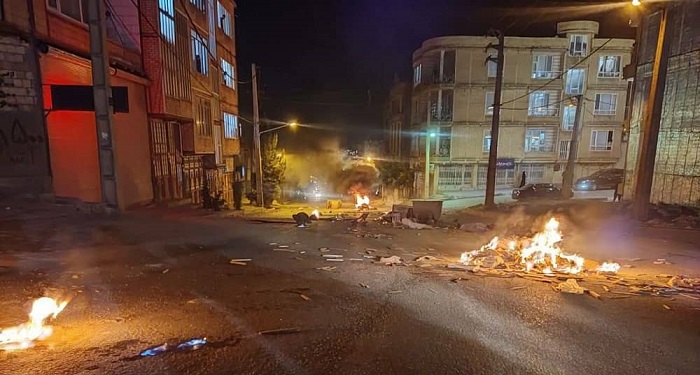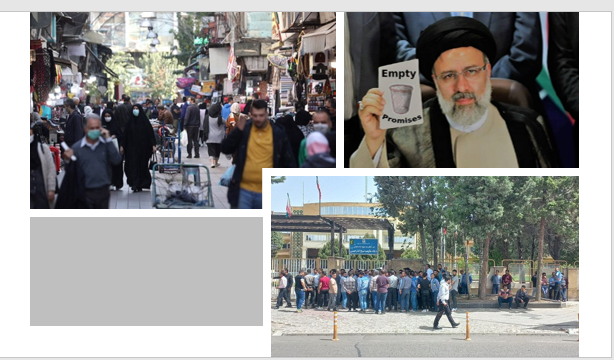
Supreme leader Ali Khamenei, in his homage to regime founder Ruhollah Khomeini on June 5, argued that the “enemy’s plan has been disrupted.
” President Ebrahim Raisi, on June 3, similarly proclaimed the nation’s progress and resilience against an “enemy’s combined war.” By progress, however, it appears Raisi referred to sky-high consumer goods prices, inflation exceeding 50%, and an economy on the brink of bankruptcy, compelling the regime to plunder its citizens’ savings and pensions.
Such assertions sharply contrast with the reality on the ground. “We should await unfortunate events. When the flood of dissent rages, nothing can stop it,” cautioned Javad Emam, a former deputy minister, on June 5. Alireza Amir Pour, a state-affiliated expert, warned on the same day of the impending pension funds crisis, likening its potential impact to a “devastating tsunami.”

On June 4, Davoud Hamidi, the head of the governing board for the supervision of the pension fund, acknowledged the imminent crisis, affirming its potential to gravely affect Iranian citizens’ lives. These warnings signal an escalating tension between the regime’s rhetoric and the mounting societal restiveness.
The presence and role of organized opposition like the People’s Mojahedin of Iran (PMOI/MEK), recognized as Khamenei’s primary adversary, are pivotal in this crisis. The MEK’s Resistance Units network has been effectively challenging the regime through operations like the torching of regime symbols, shaking the government’s stronghold.
Despite the impact of the MEK on society, officials resort to repeating unfounded allegations against the organization. Interior Minister Ahmad Vahidi, sanctioned by the US Treasury Department in 2022 for human rights violations and wanted by Interpol for the 1994 AMIA Jewish Center bombing, criticized Western democracies for supporting the MEK on June 5.
Echoing this sentiment, the regime’s Judiciary chief, Gholam-Hossein Mohseni Eje’i warned against those acting on behalf of the MEK, asserting that they “do not show mercy to our enemy” on June 2.
However, the unfolding uprising, spearheaded by the MEK Resistance Units, has exposed the regime’s vulnerabilities and lack of public support. The Iranian youth, despite extensive state executions and mock trials, remain undeterred, using every opportunity to express their dissent, signaling the uprising’s persistence until the regime’s overthrow.

MEK Iran (follow us on Twitter and Facebook), Maryam Rajavi’s on her site, Twitter & Facebook, NCRI (Twitter & Facebook), and People’s Mojahedin Organization of Iran – MEK IRAN – YouTu







